The High Holidays in 2025: A Time for Reflection, Renewal, and Connection
Related Articles: The High Holidays in 2025: A Time for Reflection, Renewal, and Connection
Introduction
With great pleasure, we will explore the intriguing topic related to The High Holidays in 2025: A Time for Reflection, Renewal, and Connection. Let’s weave interesting information and offer fresh perspectives to the readers.
Table of Content
The High Holidays in 2025: A Time for Reflection, Renewal, and Connection

The High Holidays, also known as the High Holy Days, are a period of profound spiritual significance in Judaism. They encompass the ten days between Rosh Hashanah, the Jewish New Year, and Yom Kippur, the Day of Atonement. These days are marked by introspection, repentance, and a striving for a more meaningful and ethical life.
In 2025, Rosh Hashanah begins at sunset on September 24th, and Yom Kippur commences at sunset on October 3rd. These dates may vary slightly depending on the specific location and time zone.
Rosh Hashanah: A Time for New Beginnings
Rosh Hashanah, literally "head of the year," is a time for reflection and renewal. It is believed that on this day, God judges the world and each individual, inscribing their deeds in the Book of Life. The holiday is celebrated with a variety of rituals, including:
- Shofar Blowing: The shofar, a ram’s horn, is blown 100 times throughout the Rosh Hashanah services. The sound of the shofar is meant to awaken us to the spiritual significance of the holiday and call us to repentance.
- Special Prayers: Rosh Hashanah services are filled with prayers for forgiveness, blessings for the coming year, and expressions of hope for a better future.
- Traditional Foods: Rosh Hashanah is often celebrated with traditional foods symbolizing good wishes for the coming year. Some common foods include apples dipped in honey (for a sweet new year), round challah bread (for wholeness and continuity), and pomegranates (for abundance).
Yom Kippur: The Day of Atonement
Yom Kippur, the holiest day in Judaism, is a day of fasting and intensive prayer. It is a time for deep introspection and seeking forgiveness for one’s sins. The day is observed with:
- Fasting: From sunset to sunset, Jews refrain from eating, drinking, and engaging in other physical pleasures. This practice symbolizes the need to focus solely on spiritual matters.
- Prayer Services: The day is filled with special prayers, including the Kol Nidre, a prayer for forgiveness for unintentional sins.
- Atonement: Yom Kippur is a time for asking for forgiveness from God and from those we have wronged. This can be done through prayer, introspection, and making amends.
Beyond the Rituals: The Deeper Meaning
The High Holidays are more than just a set of rituals. They offer a unique opportunity for individuals to connect with their spirituality, reflect on their actions, and strive for personal growth. The holidays are a time to:
- Examine our lives: We are encouraged to look back on the past year and assess our behavior, thoughts, and actions.
- Seek forgiveness: We are given the opportunity to ask for forgiveness from God and from those we have hurt.
- Renew our commitment to ethical living: The High Holidays inspire us to make amends for past wrongs and commit to living a more meaningful and ethical life.
- Strengthen our connection to the Jewish community: The High Holidays are a time for Jews to gather together and celebrate their shared heritage.
FAQs about the High Holidays in 2025
Q: What are the dates of the High Holidays in 2025?
A: Rosh Hashanah begins at sunset on September 24th, and Yom Kippur commences at sunset on October 3rd.
Q: What is the significance of the shofar blowing on Rosh Hashanah?
A: The shofar is blown 100 times throughout the Rosh Hashanah services. The sound of the shofar is meant to awaken us to the spiritual significance of the holiday and call us to repentance.
Q: Why do people fast on Yom Kippur?
A: Fasting on Yom Kippur symbolizes the need to focus solely on spiritual matters and to abstain from physical pleasures. It is a way to demonstrate humility and commitment to seeking forgiveness.
Q: What are some ways to make the most of the High Holidays?
A: Attending synagogue services, engaging in introspection and self-reflection, reaching out to others, and performing acts of kindness are all ways to make the most of the High Holidays.
Tips for Observing the High Holidays in 2025
- Attend synagogue services: Participating in the High Holiday services is a powerful way to connect with the traditions and rituals of the holidays.
- Engage in introspection: Take some time for quiet reflection and consider your actions, thoughts, and relationships.
- Reach out to others: Make an effort to connect with family and friends, offer support, and mend any broken relationships.
- Perform acts of kindness: Engage in acts of charity, volunteerism, or simply doing something nice for someone else.
- Practice forgiveness: Forgive yourself and others for past wrongs.
- Reflect on your values: Consider your priorities and commitments and make a plan for living a more meaningful and ethical life.
Conclusion
The High Holidays are a time of profound spiritual significance in Judaism. They offer an opportunity for individuals to examine their lives, seek forgiveness, and renew their commitment to ethical living. By participating in the rituals, engaging in introspection, and connecting with the Jewish community, individuals can make the most of this sacred time. The High Holidays in 2025 will provide a powerful platform for reflection, renewal, and connection, reminding us of the importance of striving for a better world and a more meaningful life.

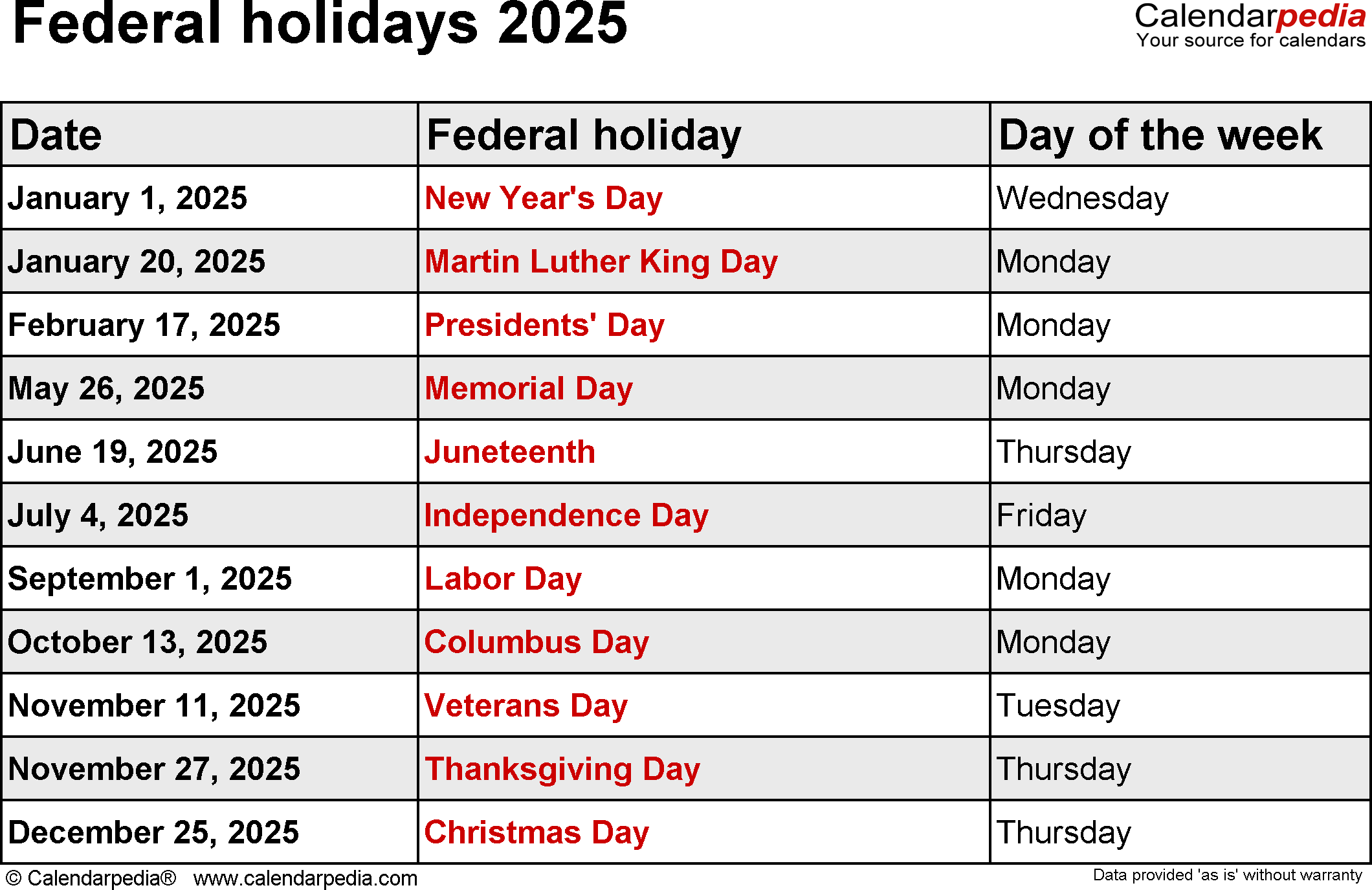
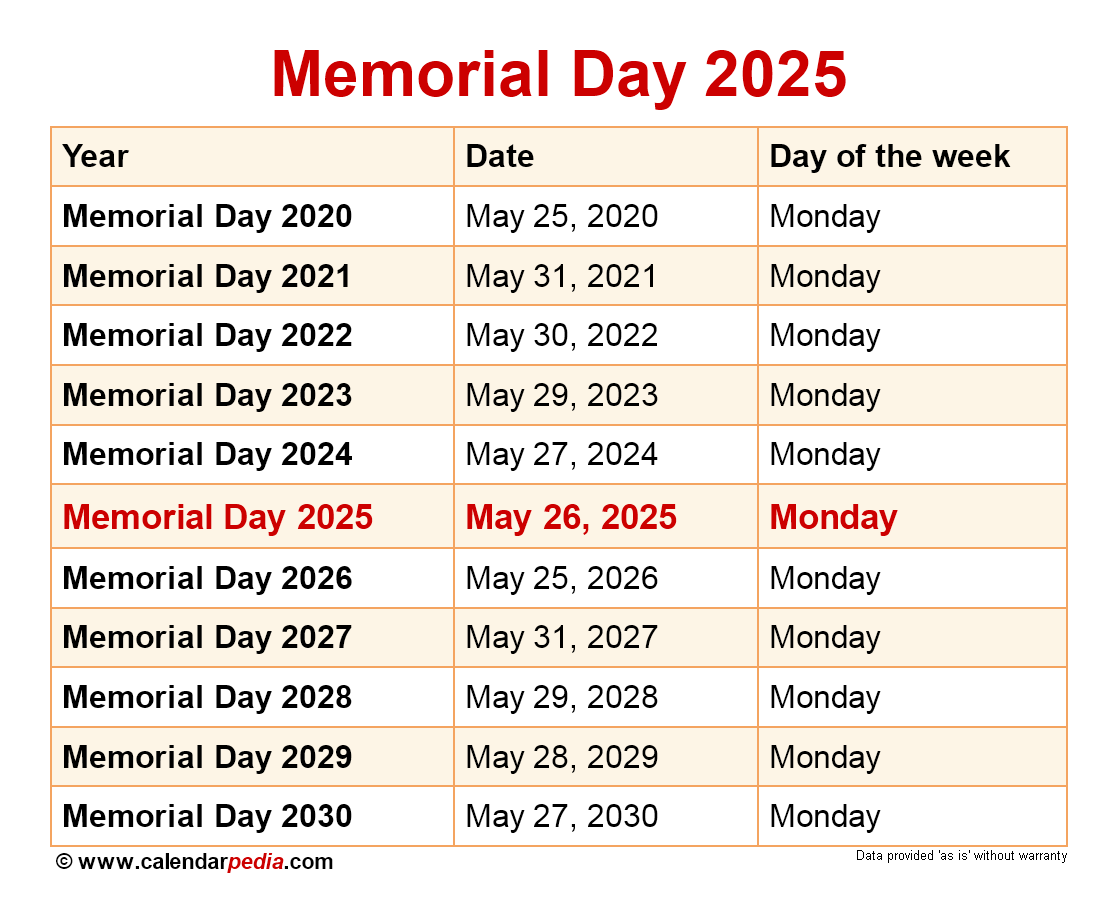
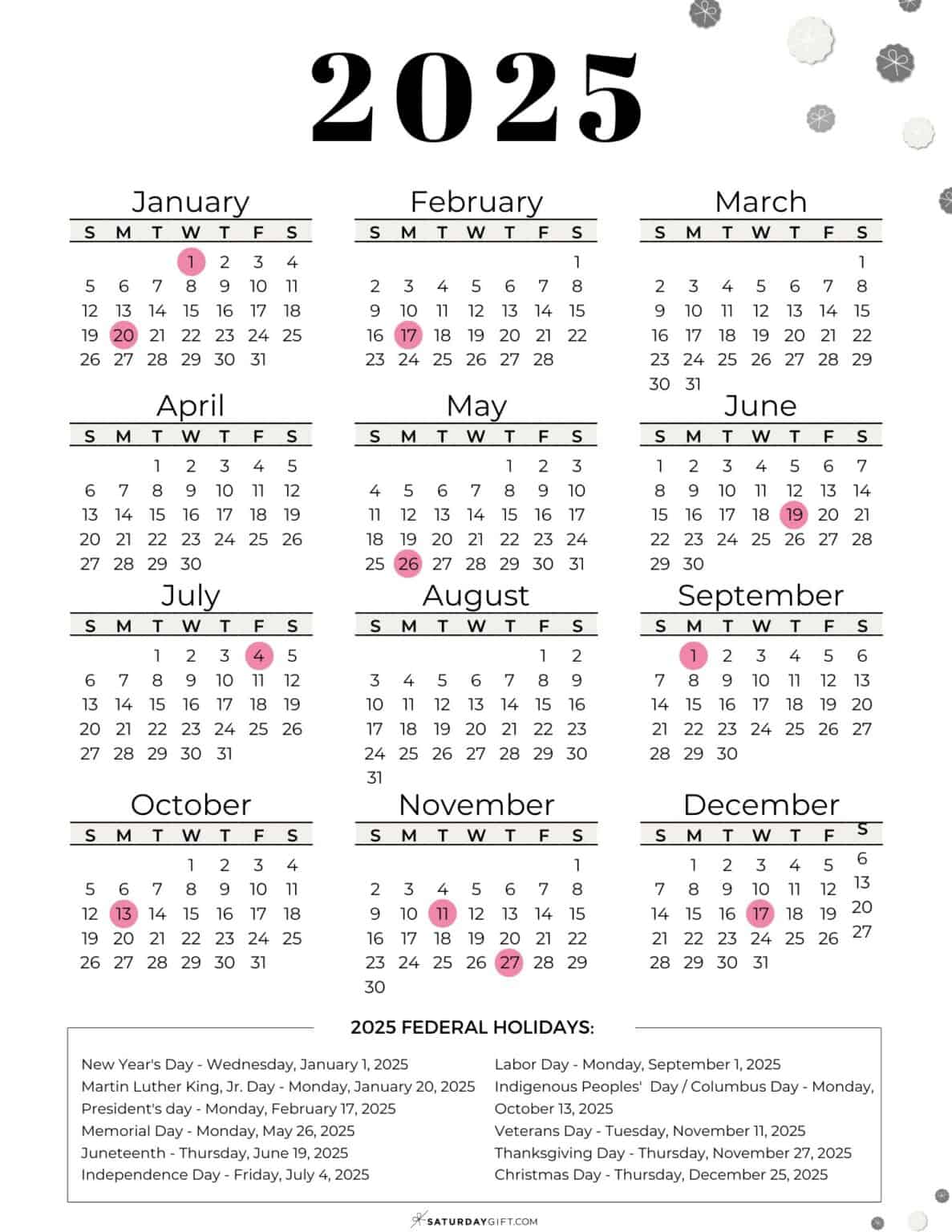
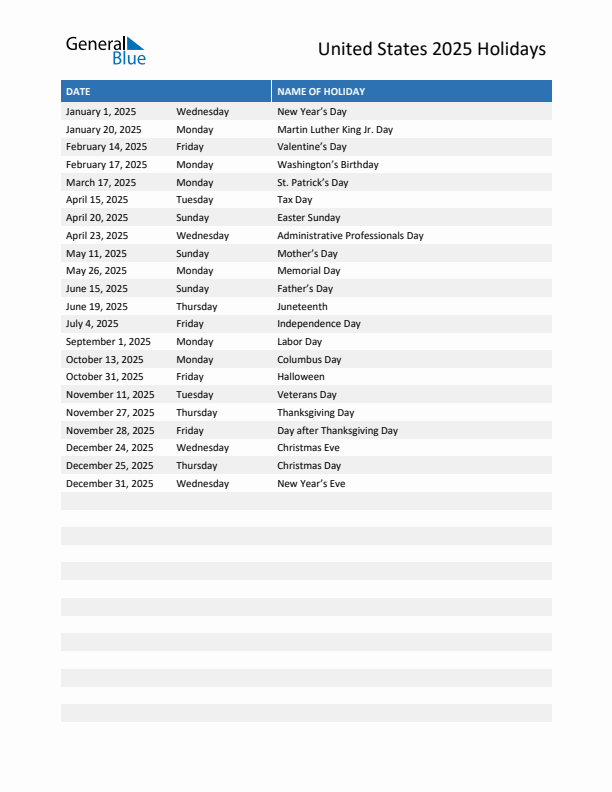
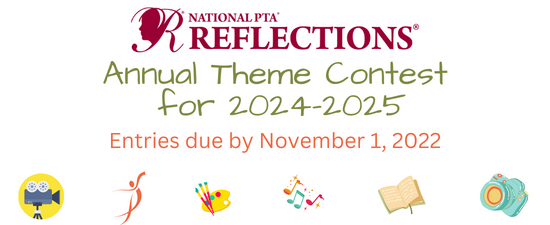
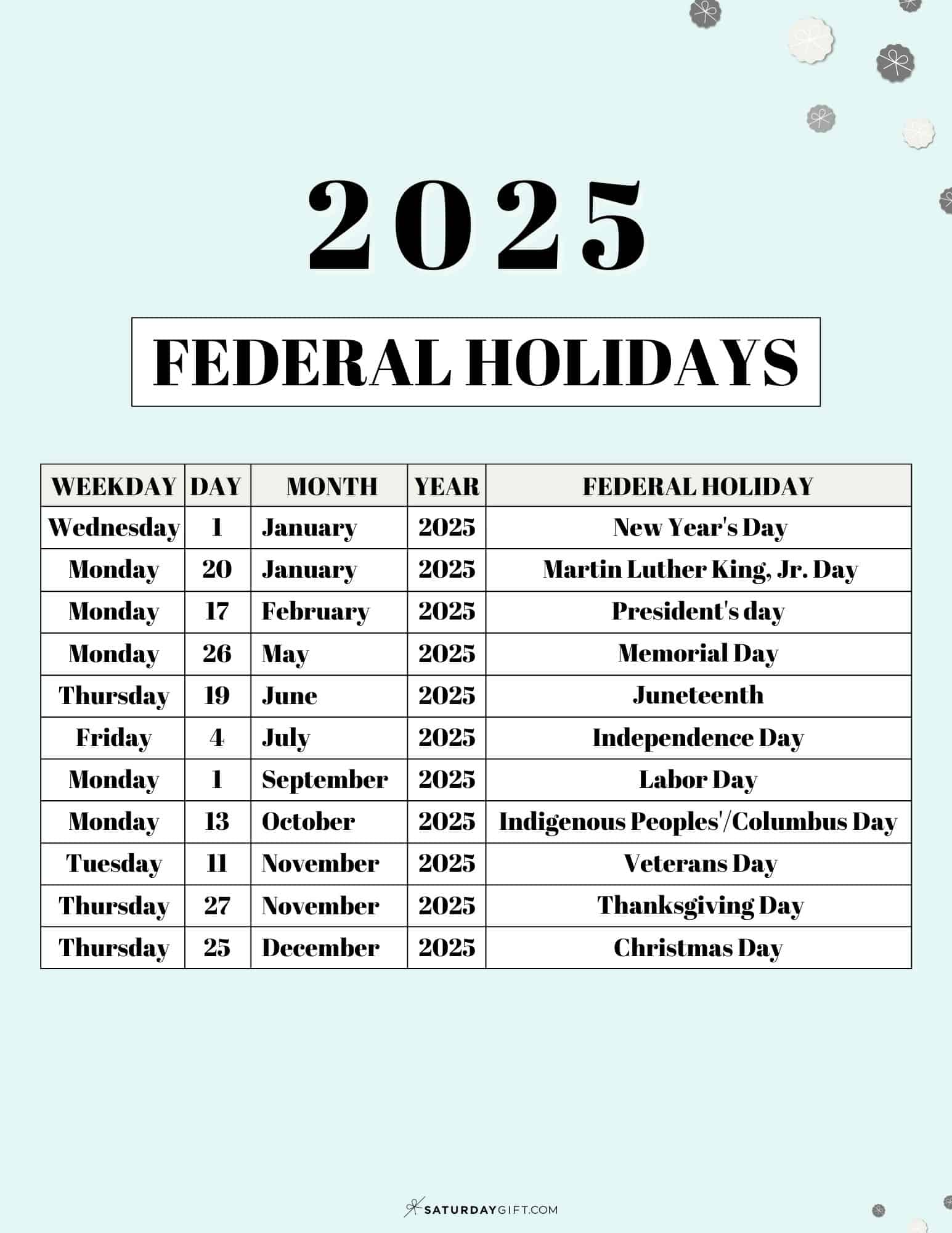

Closure
Thus, we hope this article has provided valuable insights into The High Holidays in 2025: A Time for Reflection, Renewal, and Connection. We appreciate your attention to our article. See you in our next article!